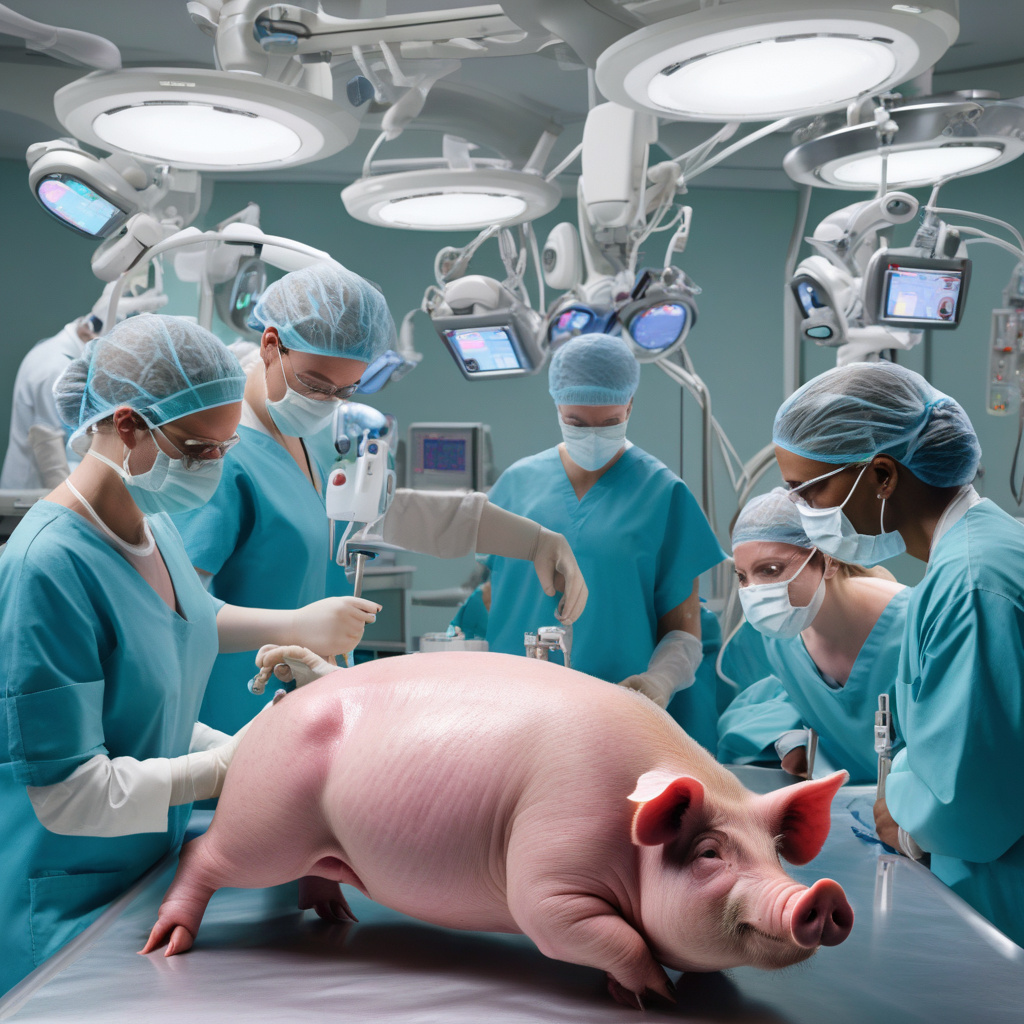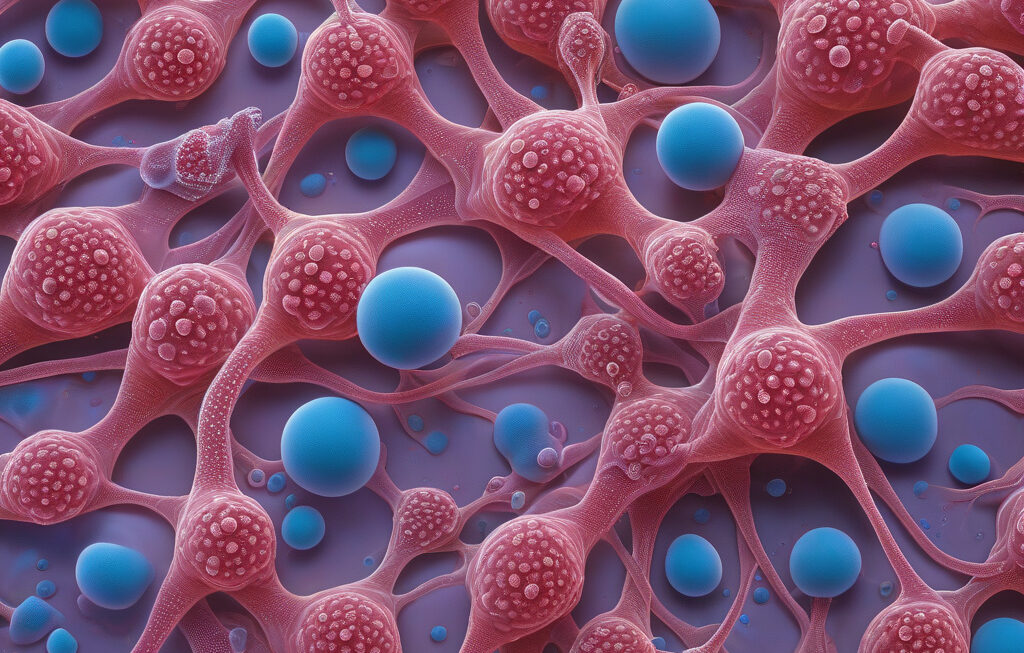World’s First Pig-to-Person Gene-Edited Liver Transplant Marks Medical Milestone
A modified pig liver was transplanted into a living patient in China for the first time, showcasing a groundbreaking advancement in the field of organ transplantation. This medical milestone, which took place at the First Affiliated Hospital of Xi’an Jiaotong University, signifies a significant leap forward in addressing the global organ shortage crisis.
The pioneering surgery involved gene-editing techniques to make the pig liver more compatible with the human recipient, reducing the risk of rejection. By utilizing CRISPR technology, scientists were able to modify the pig’s genes to eliminate retrovirus porcine endogenous retrovirus (PERV) and other potential barriers to successful transplantation.
This innovative approach holds immense promise for the future of organ transplants, offering a potential solution to the persistent challenge of organ availability. With millions of people around the world on waiting lists for life-saving organ transplants, this breakthrough could dramatically improve the outlook for patients in need of new livers and other organs.
The success of the pig-to-person liver transplant opens up new possibilities for utilizing animal organs to address the shortage of human organs for transplantation. While xenotransplantation, the process of transplanting organs from one species to another, has long been a subject of research, this recent achievement brings us closer to making it a viable option for patients in need.
In addition to the scientific and medical implications of this milestone, there are also ethical considerations to take into account. The prospect of using gene-edited pig organs raises questions about animal welfare, genetic modification, and the potential risks and benefits of such procedures. As this technology continues to advance, it will be crucial to navigate these complex issues thoughtfully and responsibly.
Looking ahead, researchers and medical professionals are optimistic about the possibilities that gene-edited organ transplants could offer. By refining the techniques used in this groundbreaking surgery and conducting further studies to ensure safety and efficacy, we may soon see a future where organ shortages are no longer a barrier to life-saving treatments.
The successful pig-to-person gene-edited liver transplant represents a remarkable achievement in the field of medical science and a beacon of hope for patients in need of organ transplants. As we continue to push the boundaries of what is possible in healthcare, collaborations between scientists, medical professionals, and ethicists will be essential to ensure that these advancements are harnessed responsibly for the benefit of all.
innovation, medical breakthrough, organ transplantation, gene editing, healthcare revolution












